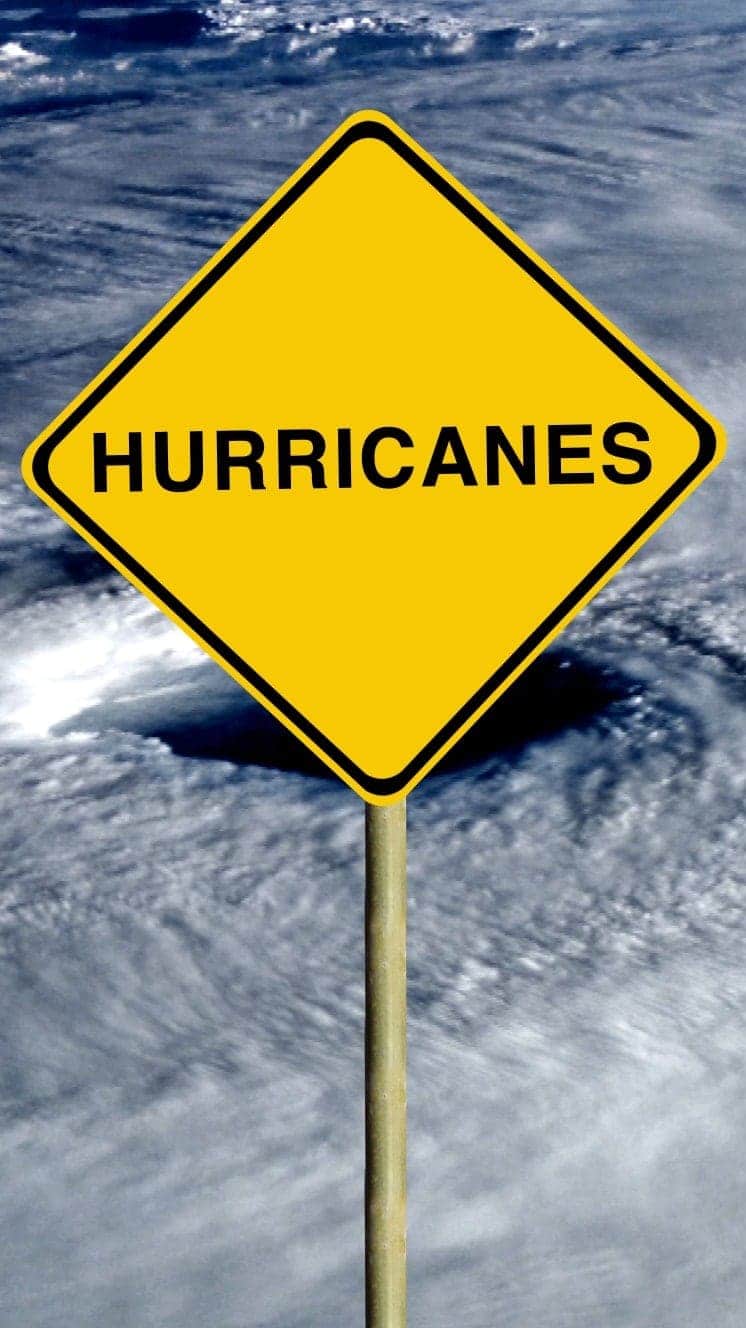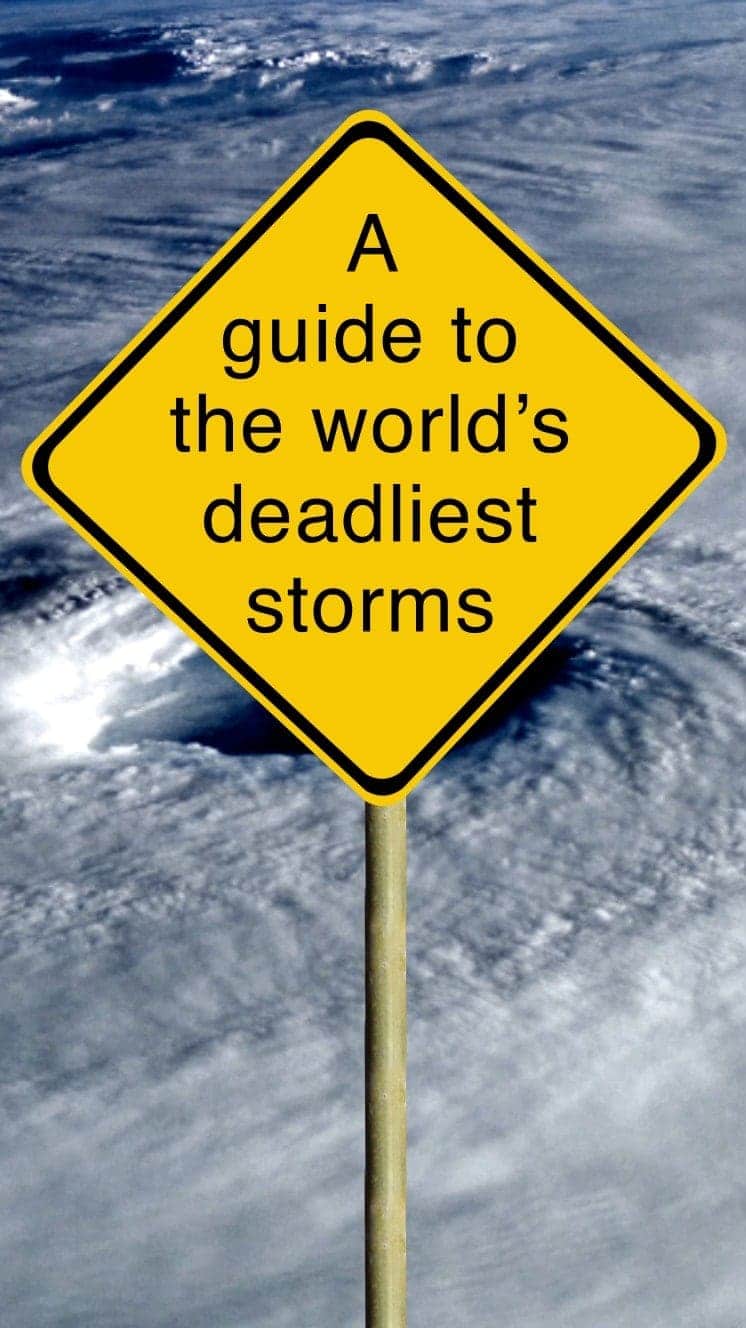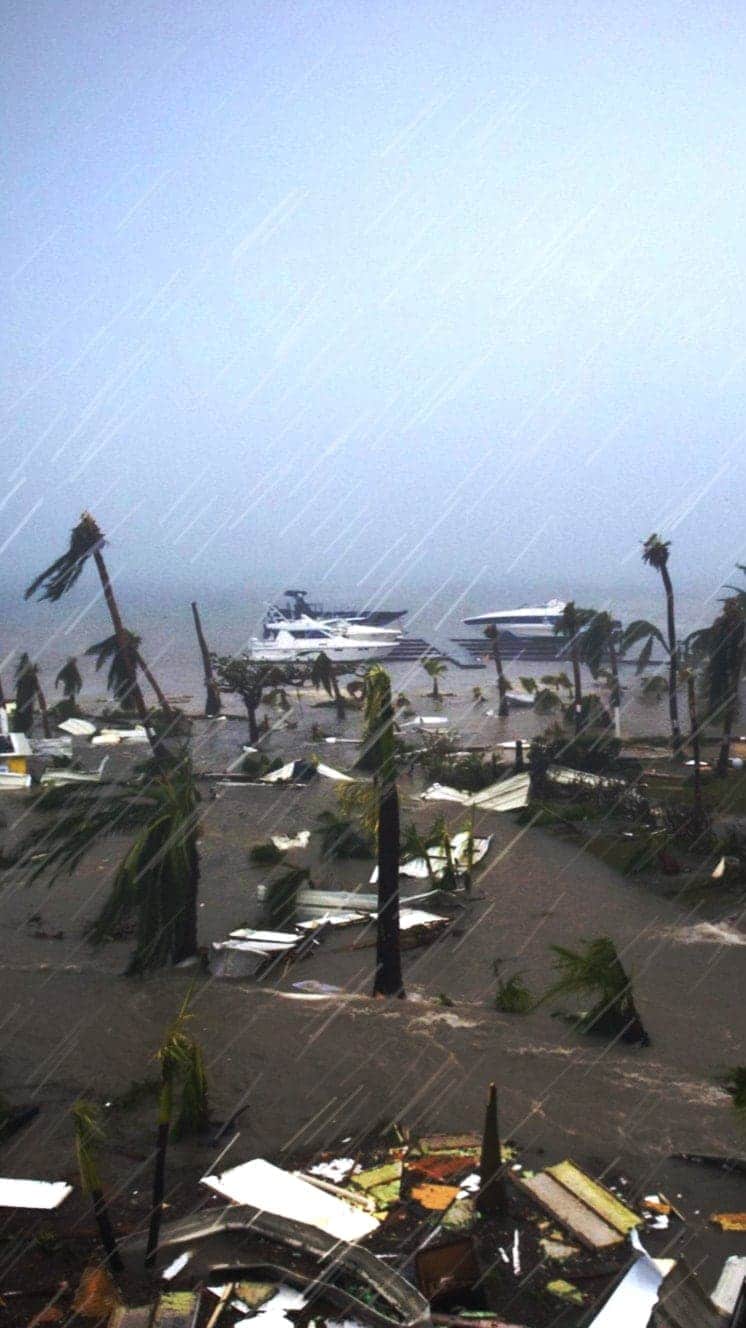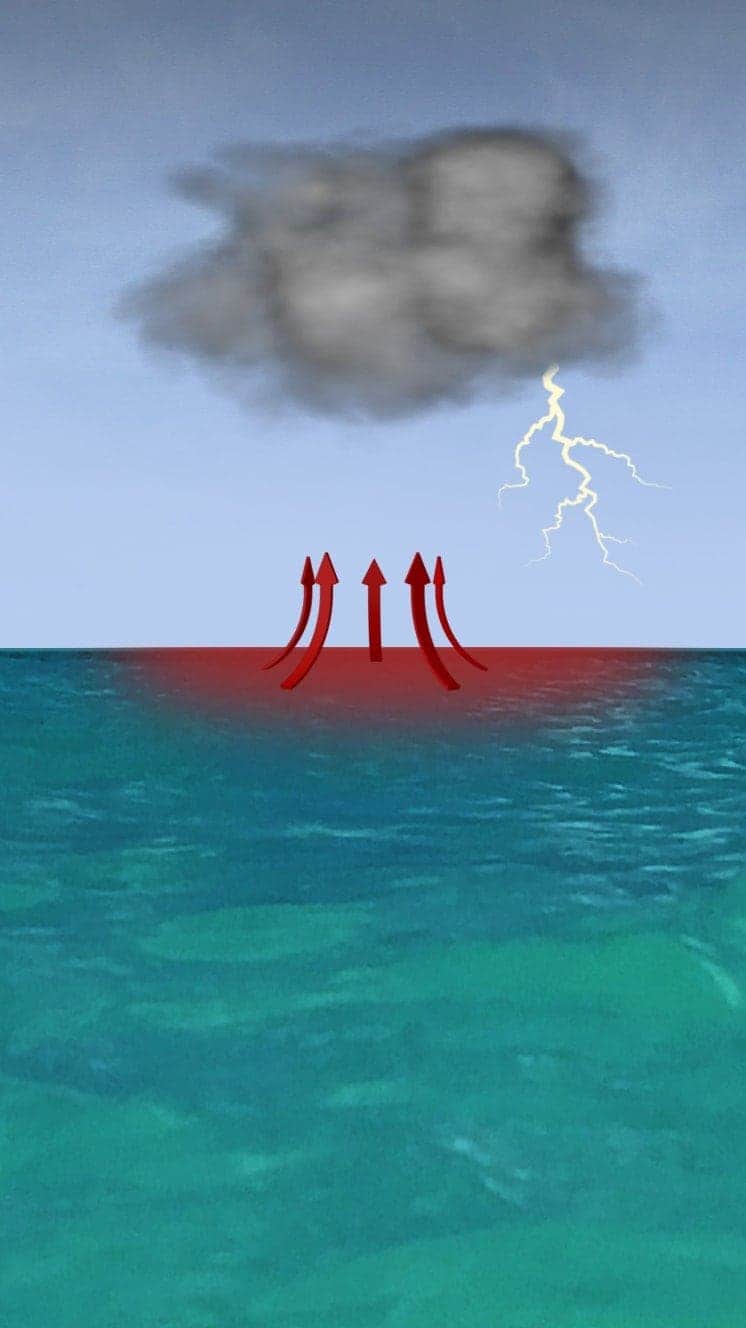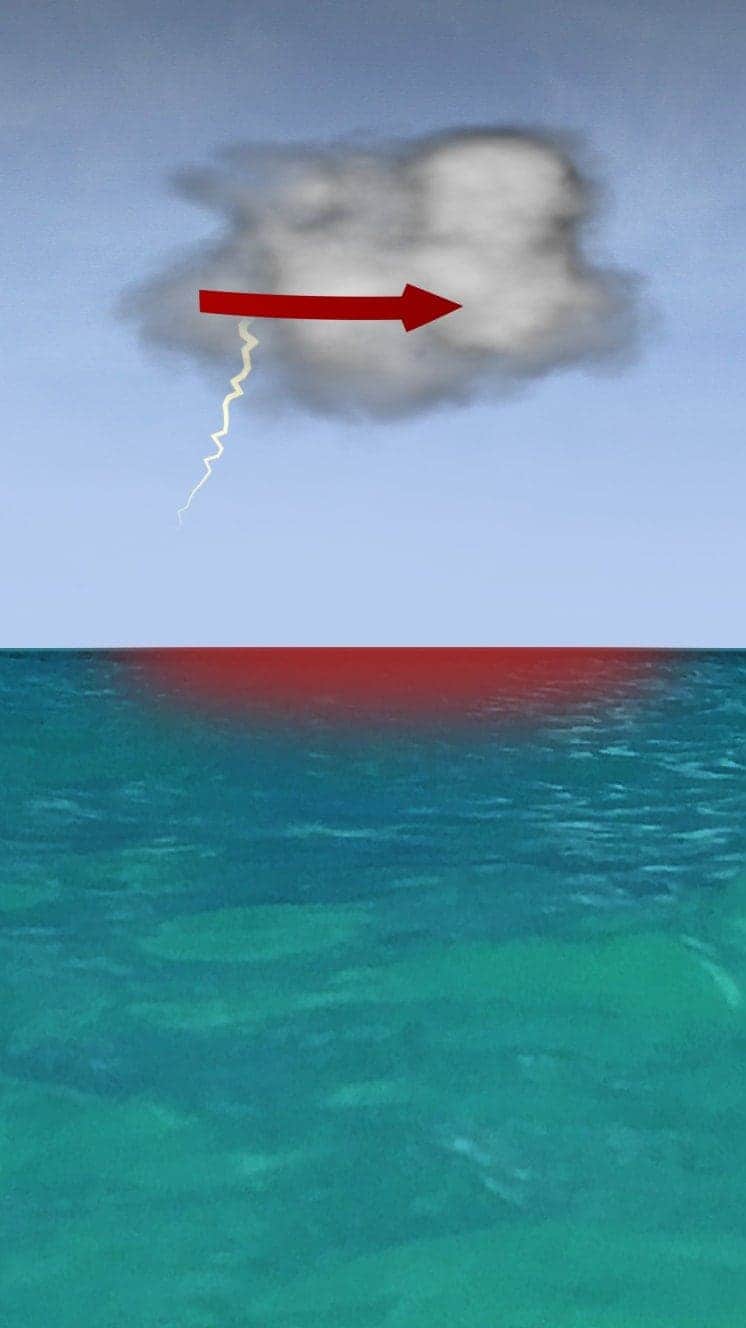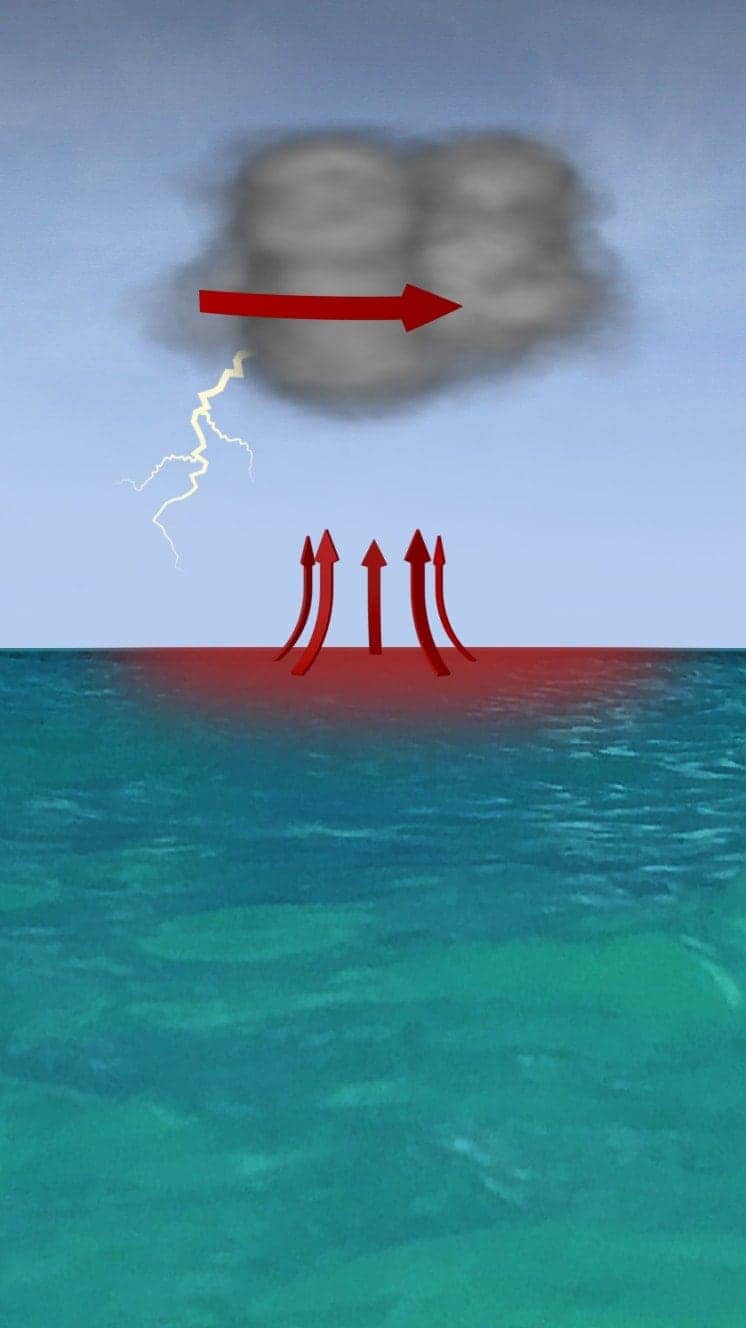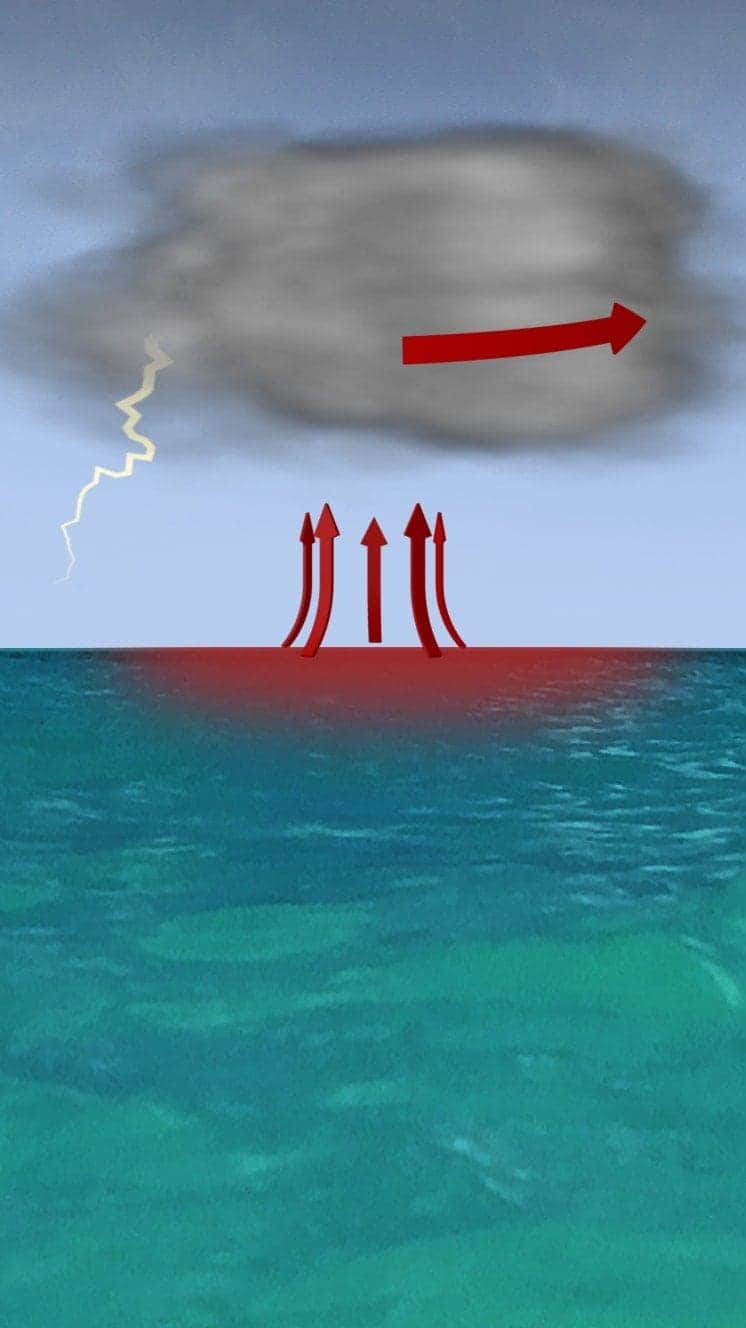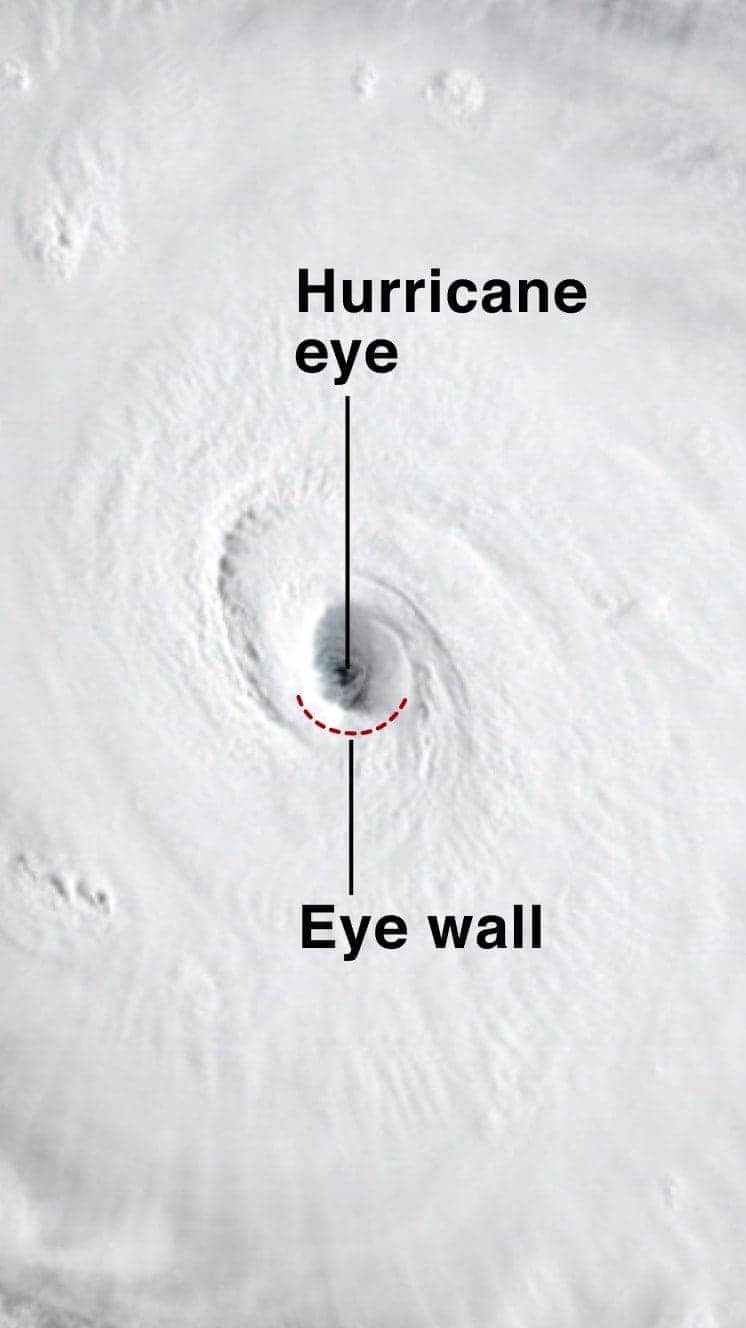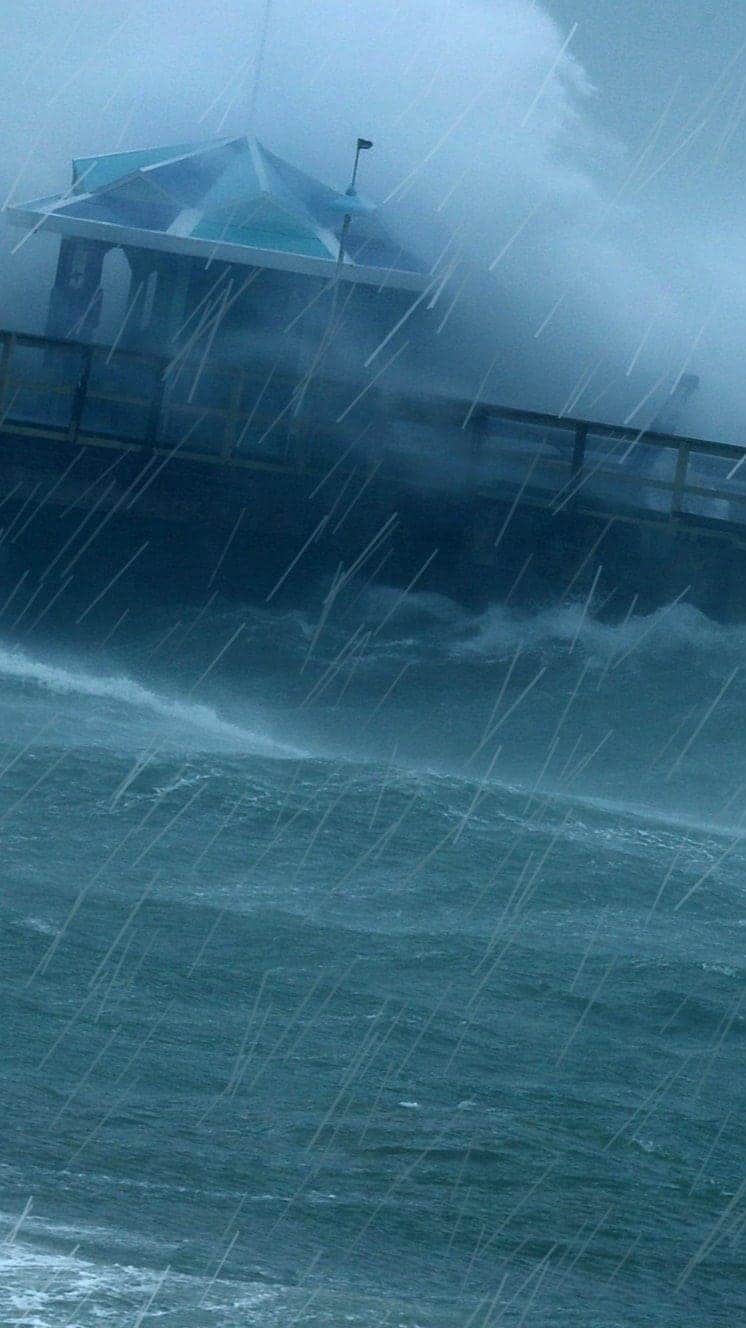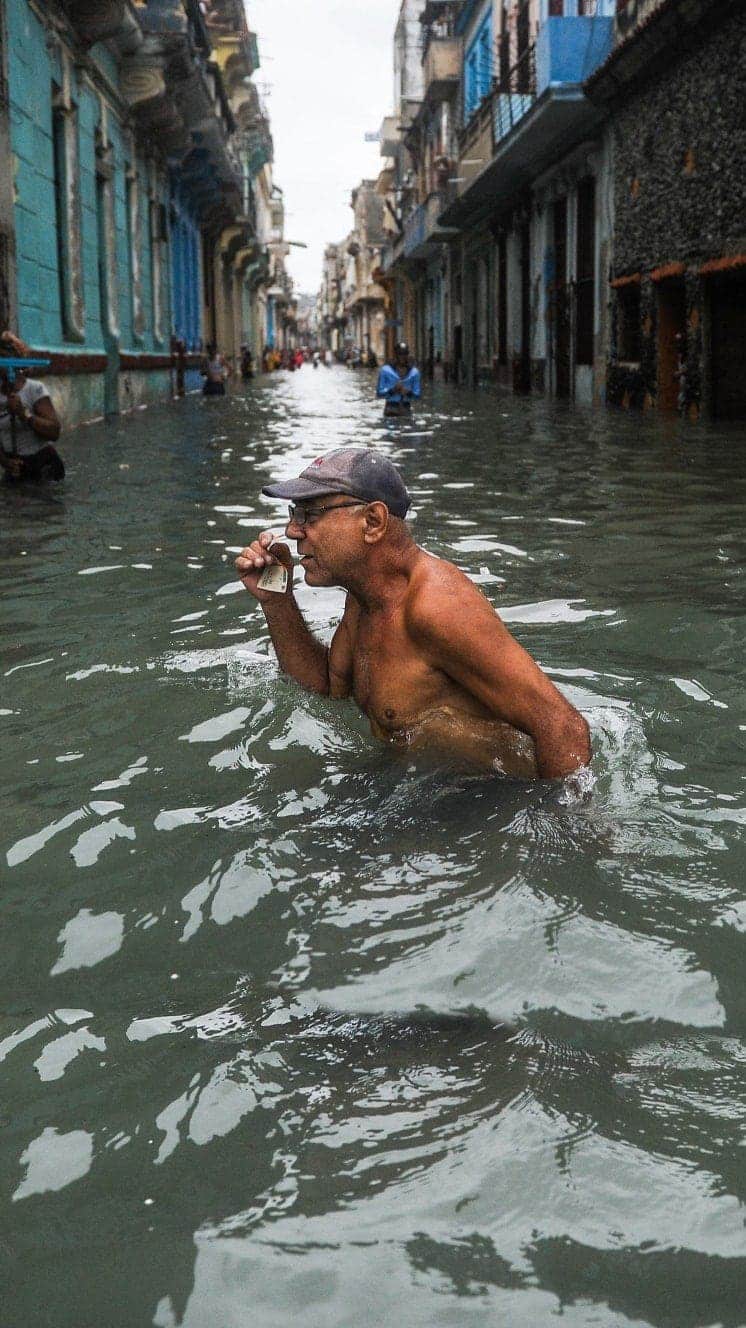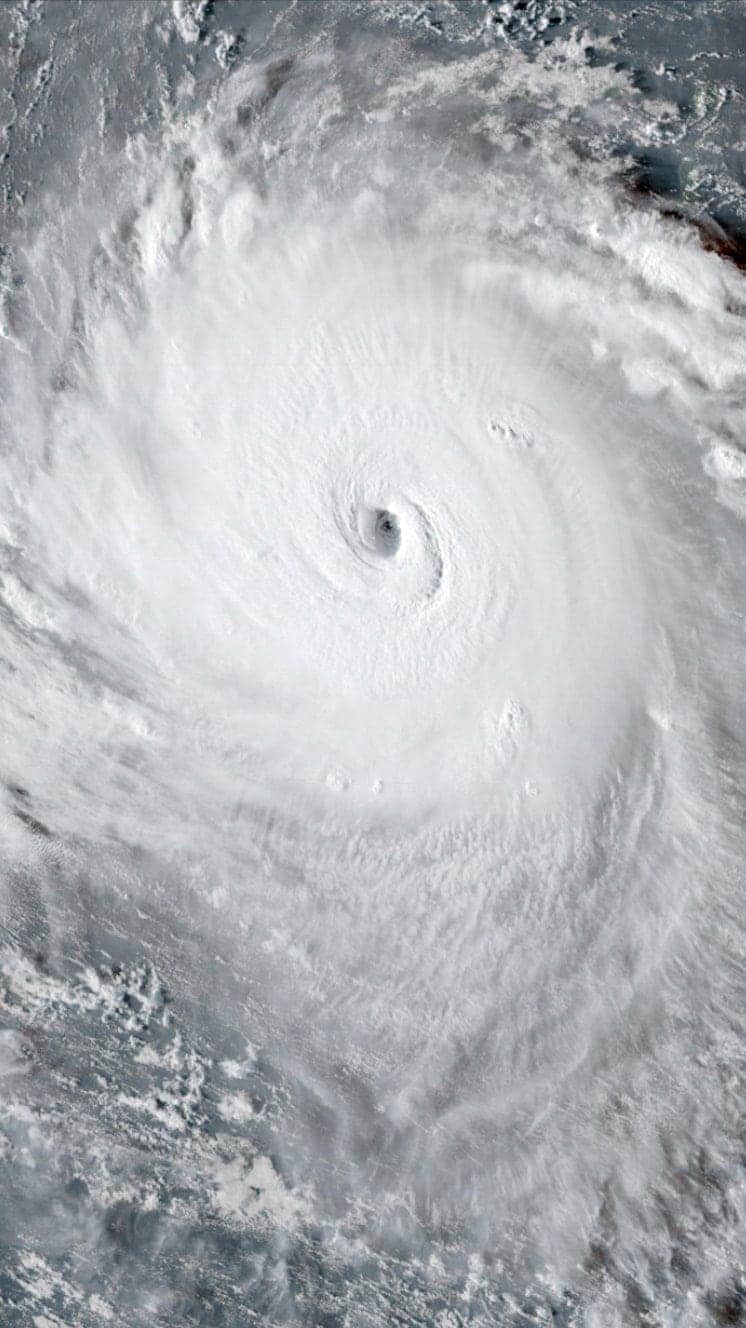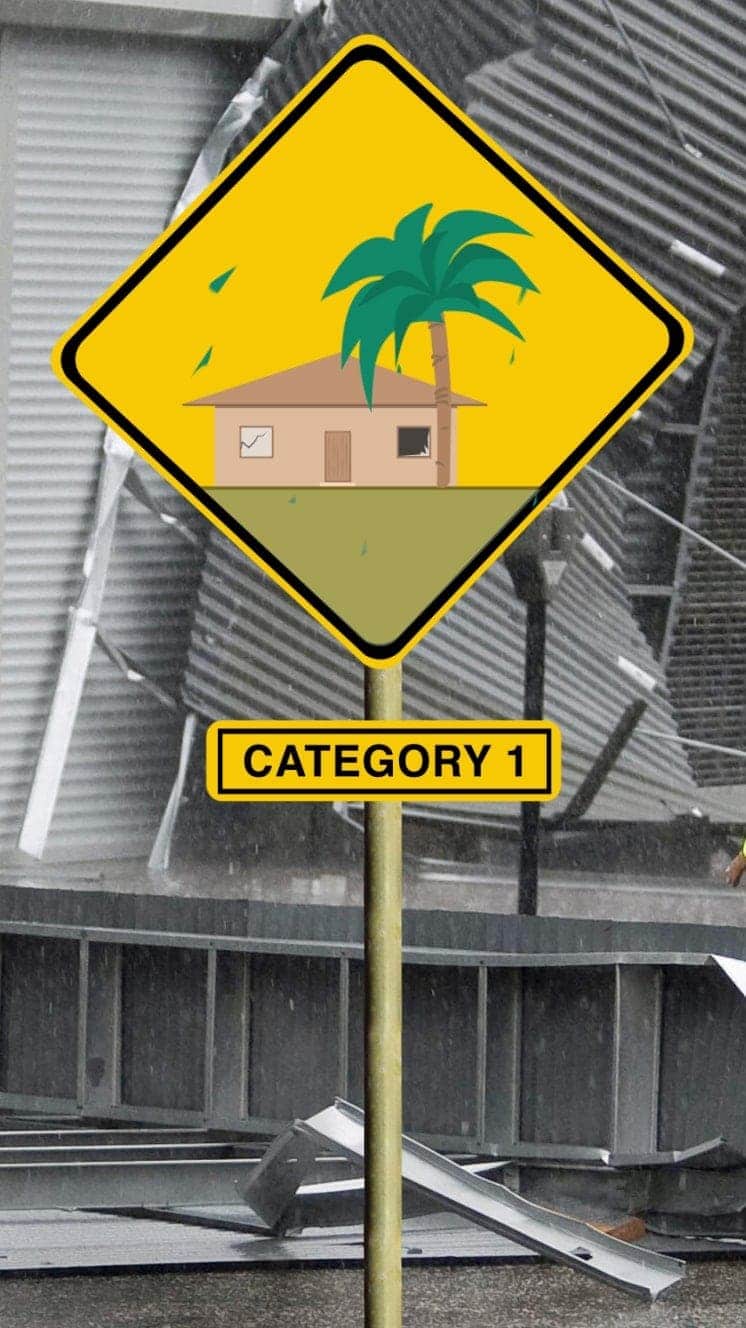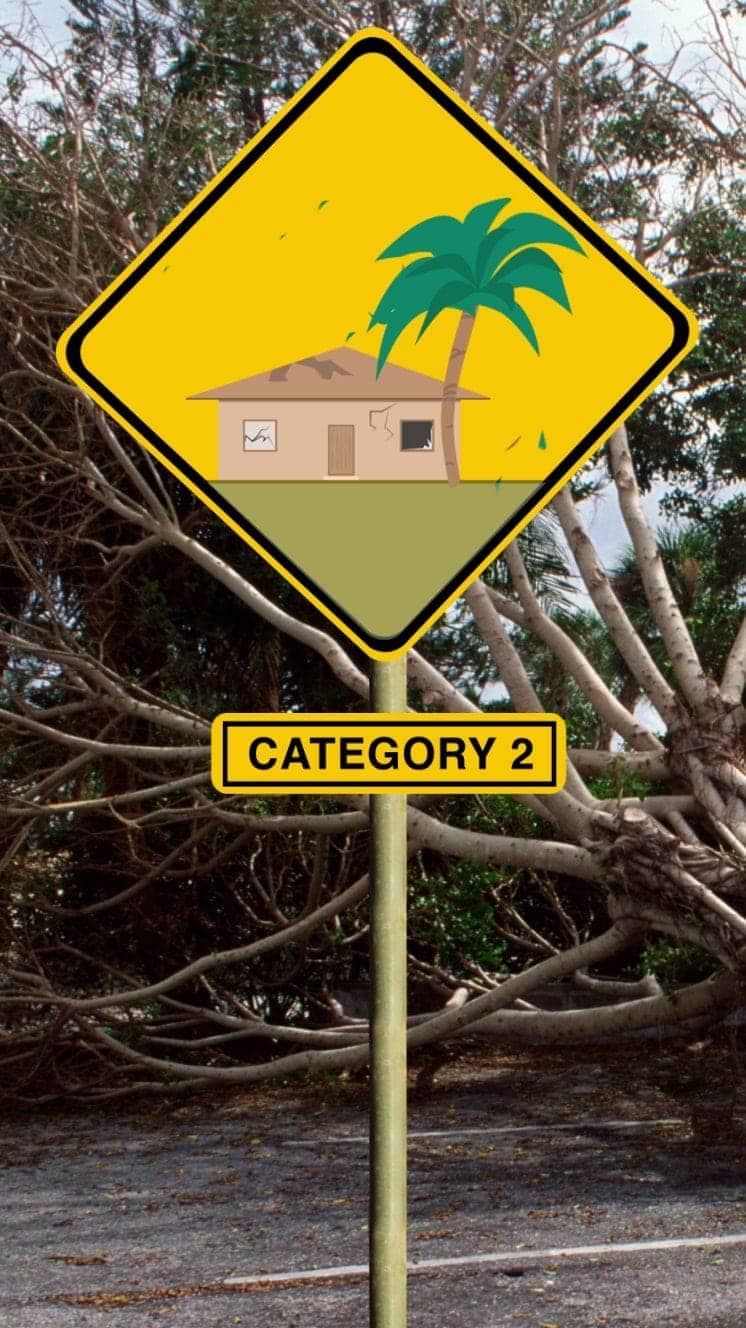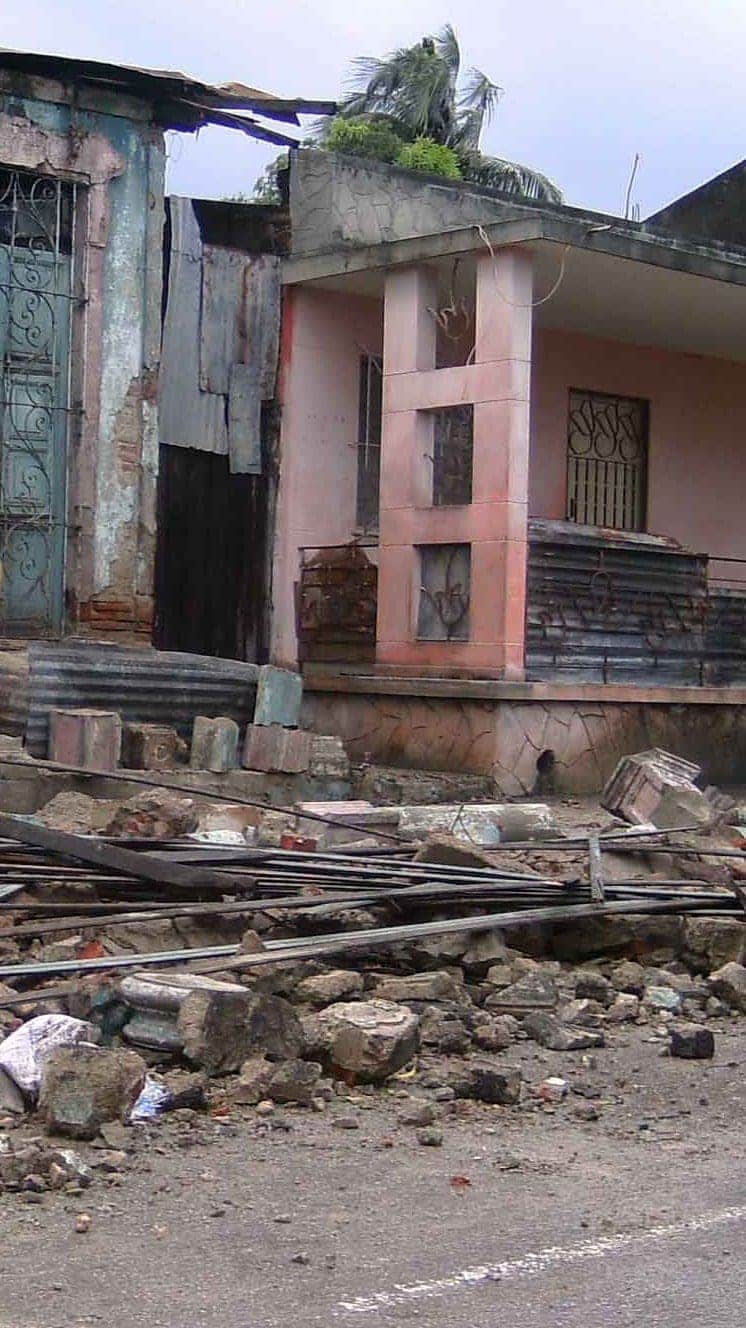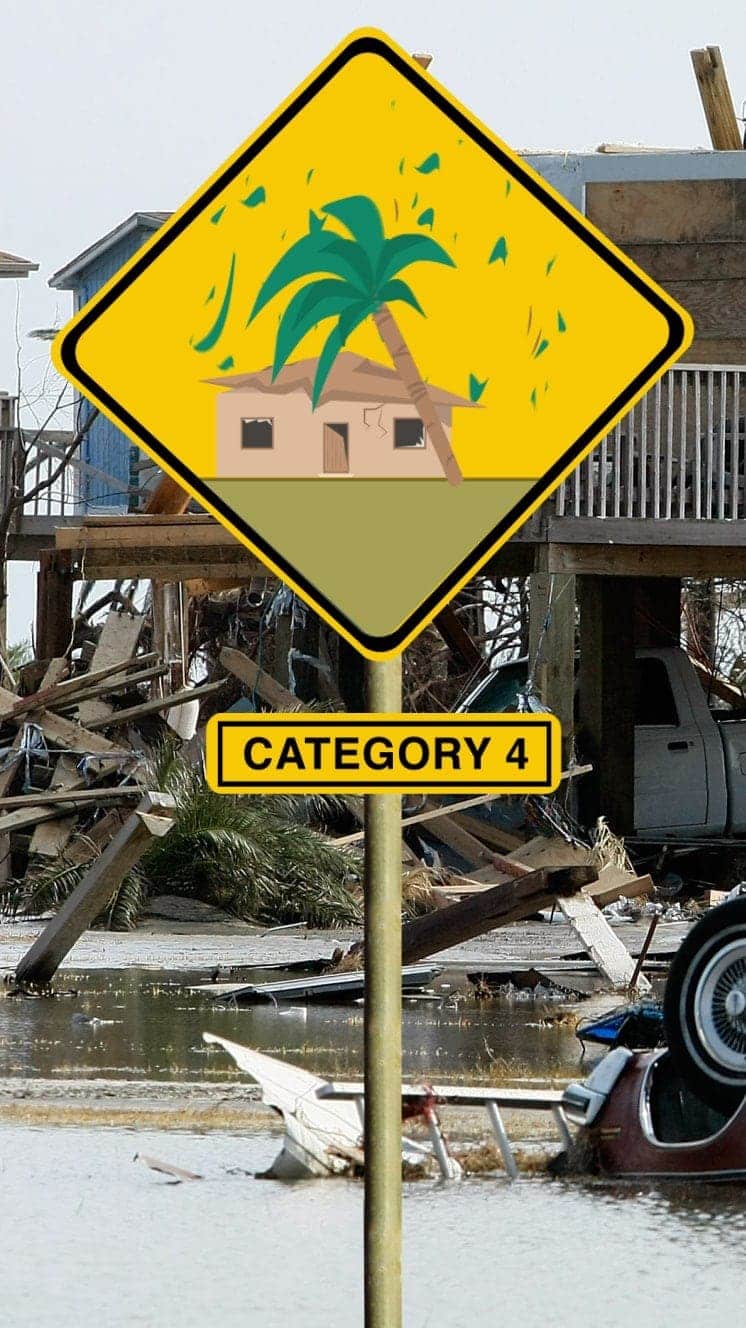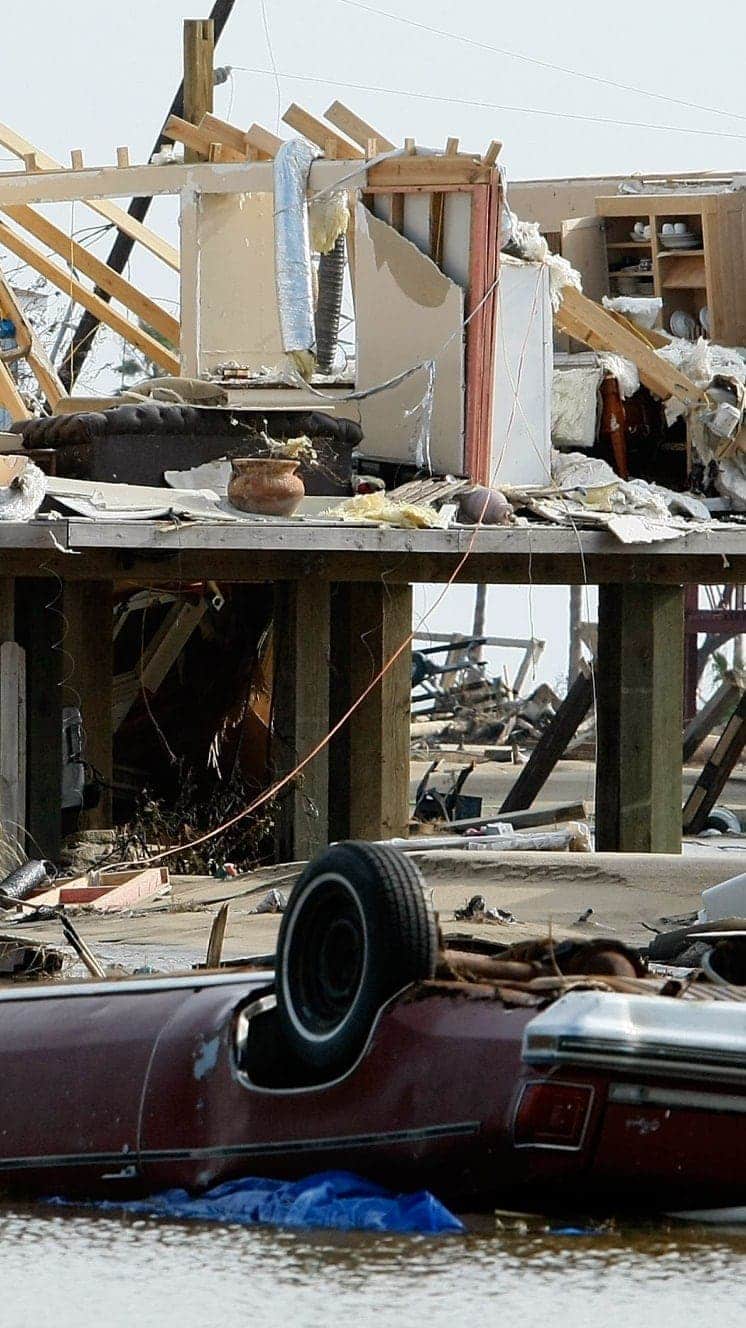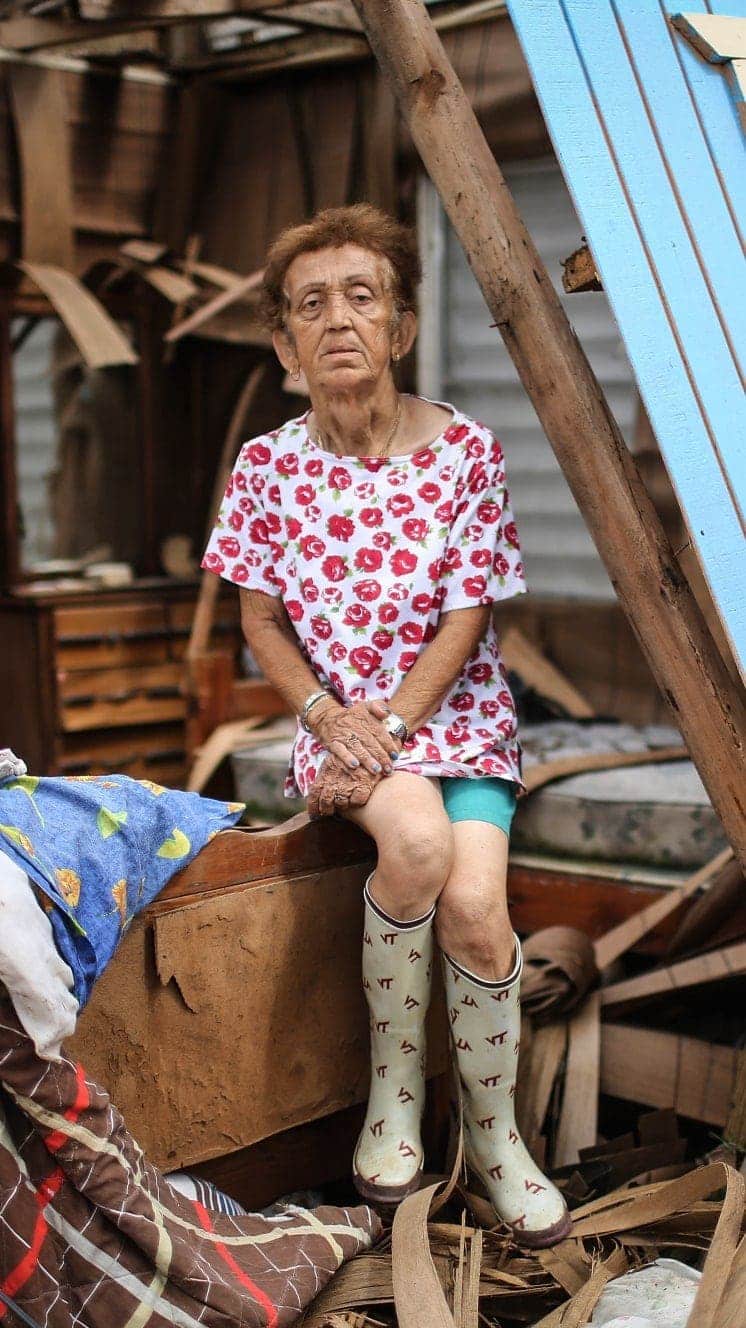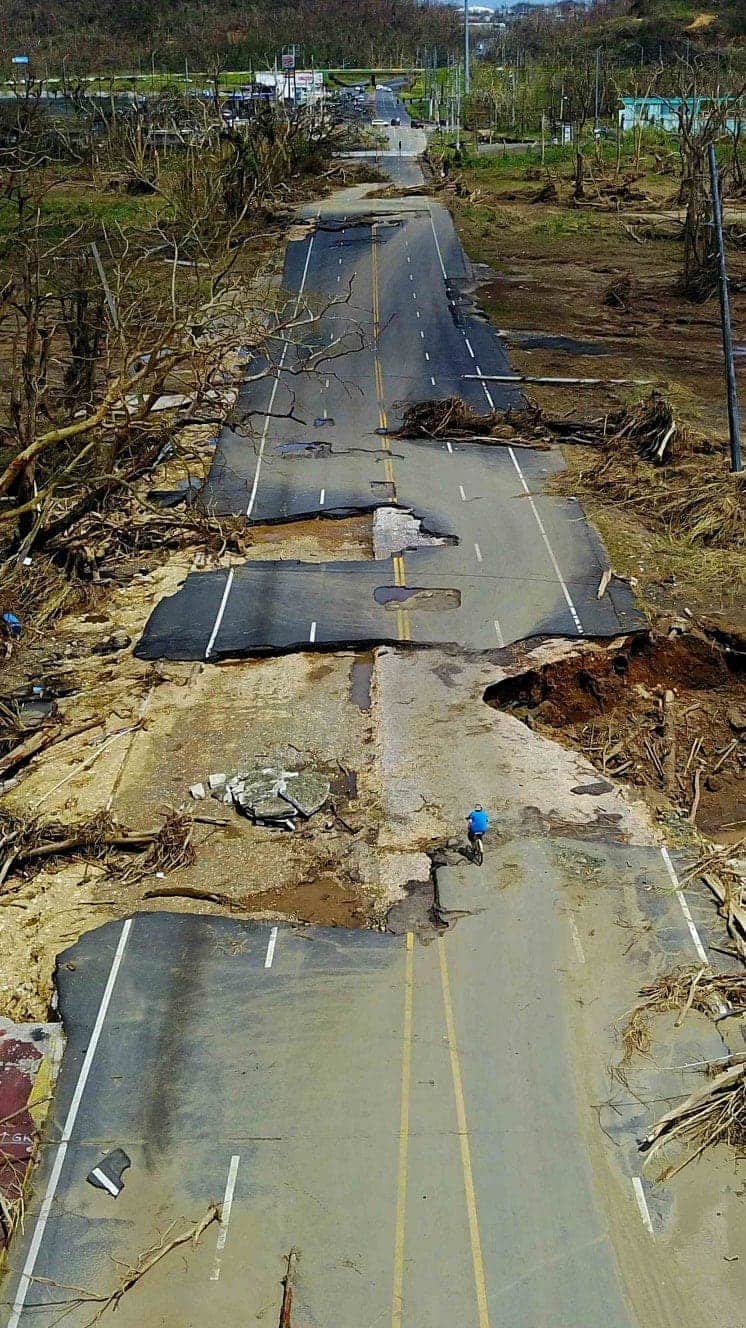Hurricane Dorian: Storm inches north west, leaving devastation in Bahamas

Media playback is unsupported on your device
Hurricane Dorian is moving very slowly north west over the Bahamas, leaving devastation and flooding in its wake.
Satellite images showed large areas under water, including the Grand Bahama International airport and the town of Marsh Harbour on Abaco Island.
Dorian fell in strength on Tuesday to category two, but the northwest islands continue to endure heavy rain, high winds and storm surges.
Five people were killed when the storm hit the Abaco Islands.
Residents of the northern Bahamas, some trapped on roofs, sent out pleas for help as the storm thrashed the islands on Monday night, stalling at category five with 185mph winds.
The eastern US coast remains on alert for the hurricane.
Queen Elizabeth said she and Prince Phillip were “shocked and saddened to learn of the devastation caused by Hurricane Dorian” and she sent condolences to families and friends of the victims.
As a member of the Commonwealth, the Bahamas holds the Queen as its head of state.
“At this very difficult time, my thoughts and prayers are with those who have seen their homes and property destroyed and I also send my gratitude to the emergency services and volunteers who are supporting the rescue and recovery effort,” she said in a statement to the country’s governor-general, Sir Cornelius Smith.
What’s the latest on Dorian?
The most recent update from the US National Hurricane Center (NHC) placed Dorian just north of Grand Bahama, home to about 50,000 people, having moved barely 20km (12 miles) in a day.
The BBC Weather service said that having remained stationary for many hours, the storm was now moving at 1mph (1.6kph) with maximum sustained winds of 115mph.
But the NHC warned the storm was still producing higher gusts at 140 mph, with storm surges of 10ft-15ft (3m to 4.5m) above normal, and the agency advised residents to remain in shelter on Grand Bahama throughout Tuesday.

Media playback is unsupported on your device
The winds at the core of the storm were spinning so fast that the centre of the storm was collapsing on itself, causing it to expand and damage a larger area, according to the BBC Weather service.
Steve McAndrew, of the International Red Cross, told the BBC he had been involved in rescue operations for 20 years and could not recall a hurricane ever being listed as stationary.
Palm Beach county in Florida – less than 100 miles to the west – saw gusts of up to 60mph on Tuesday.
Meanwhile, the UK has sent a team of three humanitarian experts to help assess damage caused by the hurricane, the government said.
A Royal Fleet Auxiliary ship, equipped with a helicopter and loaded with relief supplies, is also on standby if needed by the Bahamian authorities, a statement added.
How is Grand Bahama faring?
Eyewitness videos and reports painted a picture of massive and widespread flooding, with panicked families fleeing to their roofs to escape rising floodwaters.
The Bahamas Press showed video of the Rand Memorial Hospital in Freeport under water, with patients forced to evacuate. The news site also relayed calls for help from residents trapped on roofs for hours.
Freeport resident Yasmin Rigby told the Reuters agency: “People who thought they were safe are now calling for help”.
A map from the Finnish satellite company ICEYE showed the extent of the flooding on the island:
Grand Bahama’s international airport was under 6ft of water, while residents posting on Twitter said a church in Freeport had lost its roof and scores of people were in danger.
Another Twitter posting called for the rescue of an aunt and nine others from rising waters in the town.
Video posted on Twitter from Pine Bay showed the extent of the storm there.
Journalist Kyle Walkine tweeted that he was in a three-storey building “believed to be one of the strongest in Freeport, and it is shaking. But Dorian doesn’t want to move”.
Clint Watson, a journalist based in the capital Nassau, said people in Grand Bahama were being hit with “buckets of rain” and posting videos online showing water rising to the windows of their attics.
“You can’t fathom that but that’s what people are showing us with their videos,” he told the BBC. “And you can see the water outside pressing in. It’s stories like that and images like that that you can’t get out of your mind.”
One radio station told the Associated Press news agency it had received more than 2,000 distress messages.
What about the rest of the Bahamas?
The Bahamas Press said the entire town of Marsh Harbour in the Abaco Islands had been swamped and warned that the confirmed death toll of five could rise as the situation became clearer.
Aerial photos show the devastation.
The islands, with a population of about 17,000, bore the brunt of the storm. No hurricane had ever made landfall with greater wind speeds. Only the 1935 Labor Day hurricane can match Dorian’s 185mph.
Officials said 21 injured people were airlifted to the capital Nassau by the US Coast Guard.
Prime Minister Hubert Minnis said on Monday that reports from the Abaco Islands suggested the devastation was “unprecedented”, calling the hurricane a “historic tragedy”.
Rescue operations were reportedly under way in areas it was safe to enter.
Neither the Abacos nor Grand Bahama are much higher than 40ft above sea level at their highest points. The International Red Cross said it feared wells may have flooded, making clean water unavailable. The organisation said 13,000 houses were feared damaged or destroyed across the nation.
Images from the capital Nassau to the south showed extensive flooding. Matthew Cochrance, a spokesman for the Red Cross, said aid workers were expecting “significant humanitarian needs” in the Bahamas once the storm passed.
There were concerns on Twitter for US hurricane chaser Josh Morgerman, who had not been heard from since Sunday when his last tweet sent from Marsh Harbour said the storm was “pounding” and “crashing”.
A woman from Nassau, New Providence, said on Facebook that she had taken in 97 stray dogs as the storm hit the island, with 79 staying in her bedroom overnight.
What about the US?
The latest update from the NHC predicts Dorian will begin a slow north-west move on Tuesday, with a further turn north on Wednesday.
“The hurricane will move dangerously close to the Florida east coast late [Tuesday] through Wednesday evening, very near the Georgia and South Carolina coasts Wednesday night and Thursday, and near or over the North Carolina coast late Thursday,” it said.
The BBC Weather service said the storm’s current track shows it should say offshore in Florida and Georgia but may affect South Carolina later in the week, although it is likely to have weakened by then.
Florida, Georgia and North and South Carolina will still feel the impact of the storm and have all declared states of emergency, with mandatory evacuation orders across many areas.
Walt Disney World, Legoland and other tourist parks have announced early closures in anticipation of the hurricane.
Is climate change making hurricanes worse?
Scientists cannot say whether climate change is increasing the number of hurricanes, but the ones that do happen are likely to be more powerful and more destructive because of our warming climate, said BBC Weather’s Tomasz Schafernaker.
Here’s why:
- An increase in sea surface temperatures strengthens the wind speeds within storms and also raises the amount of precipitation a hurricane will dump
- Sea levels are expected to increase by one to four feet over the next century, bringing the potential of far worse damage from sea surges and coastal flooding during storms
Use our guide to see how these deadly storms form, their devastating effects and how they are measured:
Are you in the affected region? If it is safe for you to do so, please tell us your story by emailing haveyoursay@bbc.co.uk.
Please include a contact number if you are willing to speak to a BBC journalist. You can also contact us in the following ways:
- WhatsApp: +44 7756 165803
- Tweet: @BBC_HaveYourSay
- Send pictures/video to yourpics@bbc.co.uk
- Upload your pictures / video here
- Text an SMS or MMS to 61124 or +44 7624 800 100
- Please read our terms of use and privacy policy
